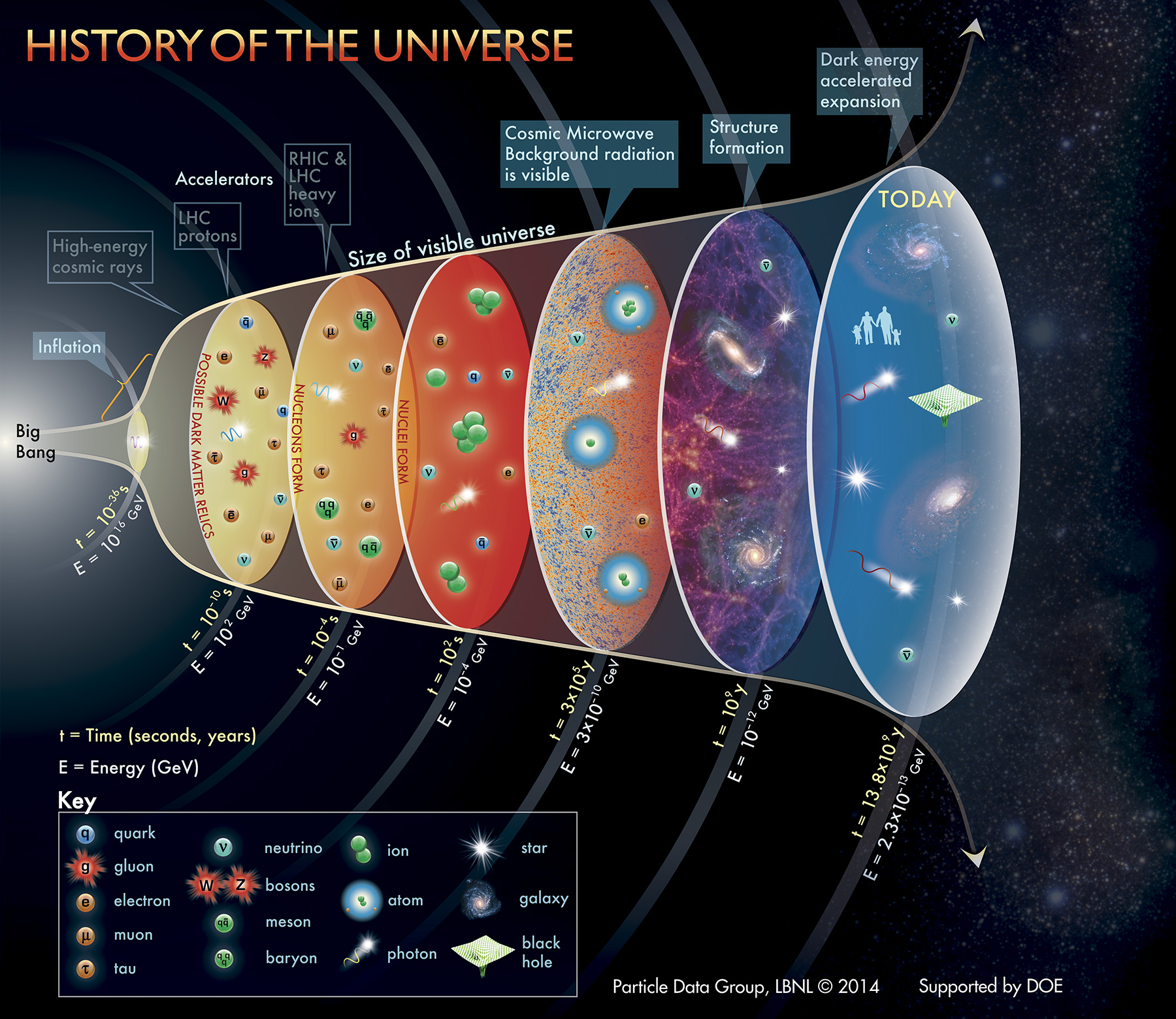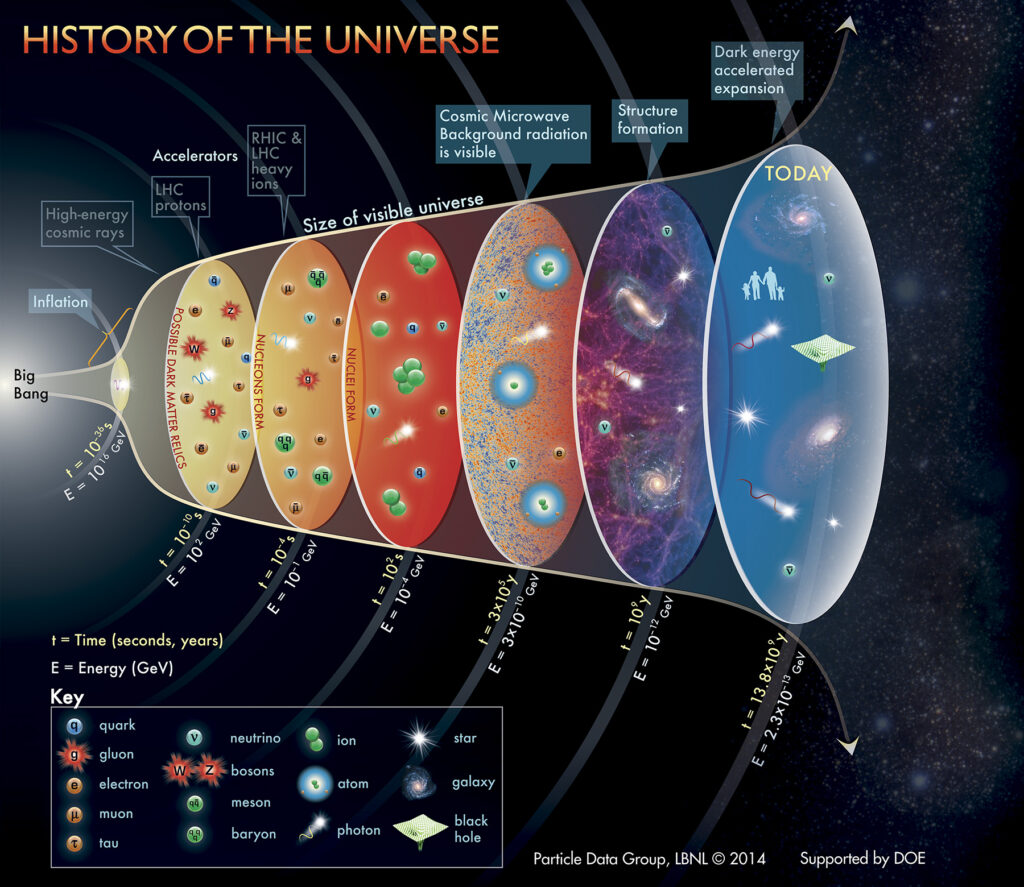Physical Address
304 North Cardinal St.
Dorchester Center, MA 02124
Physical Address
304 North Cardinal St.
Dorchester Center, MA 02124
With Michael Walker
With Michael Walker

A message to Believers

The universe is not the result of mere chance. It is a carefully structured, finely tuned reality that operates with levels of precision so remarkable that even the slightest deviation in its parameters would render it incapable of sustaining life—or even existing in its current state. Every fundamental force, every law of nature, and every biological mechanism appears to be calibrated in a way that defies probability, pointing not to randomness but to deliberate design.
Consider the fundamental constants of physics—values such as the strength of gravity, the nuclear forces, and the electromagnetic force. If the strong nuclear force were slightly weaker, atoms would not hold together. If the weak nuclear force were slightly different, crucial processes like nuclear fusion in stars wouldn’t occur, and elements essential for life wouldn’t exist. The ratio of the masses of protons and neutrons, the charge of the electron, the speed of light—all of these fundamental properties exhibit precision that, if altered by even a fraction of a percent, would make the universe inhospitable to complex structures, let alone intelligent life.
This phenomenon is often referred to as the fine-tuning of the universe, and scientists have attempted to calculate its improbability. The odds of a universe emerging from chaotic initial conditions, randomly producing a functional system that allows life, are so astronomically small that the notion of accidental existence becomes mathematically unreasonable.
Now, let’s consider the formation of life. DNA—the fundamental blueprint of biological organisms—is an information-rich structure, containing complex encoded data far more sophisticated than anything designed by humans. If we encountered this level of complexity in a machine, we would never assume it arose randomly. The human genome, for example, consists of approximately 3.2 billion base pairs, storing information in a way comparable to a carefully engineered software program. Yet unlike human-designed systems, DNA has the remarkable ability to self-replicate, evolve, and carry out highly specialized biochemical processes—factors that increase its complexity rather than decrease it.
Beyond DNA, even the smallest biological mechanisms demonstrate extraordinary precision. Take the flagellar motor—a microscopic rotary motor that propels bacteria. It consists of coordinated moving parts resembling human-engineered machines: a rotor, a stator, a drive shaft, and even a universal joint. This level of specified complexity suggests a purpose-driven formation rather than the result of random mutations.
Moving beyond biological systems, consider cosmic structures like galaxies, stars, and planetary systems. The arrangement of celestial bodies follows gravitational dynamics that, despite appearing chaotic, ultimately result in stable, life-sustaining environments like Earth. The position of our planet within the habitable zone—not too close to the Sun, not too far—ensures temperatures that allow liquid water, a prerequisite for life as we know it. The magnetic field shields us from deadly solar radiation. The precise balance between oxygen, nitrogen, and carbon dioxide sustains biological life. All of these characteristics emerge as highly unlikely coincidences if viewed through the lens of pure chance.
Now, let’s examine human consciousness. The ability to reason, create, and perceive abstract concepts like morality, love, and beauty sets human intelligence apart from purely mechanical systems. Unlike programmed machines, human cognition is self-aware and capable of reflecting upon existence—a phenomenon that is difficult to attribute solely to materialistic processes. Conscious thought transcends mere chemical interactions; it exhibits intentionality, creativity, and self-direction, all qualities associated with intelligence rather than randomness.
Given this staggering complexity, fine-tuning, and the improbability of accidental formation, the question arises: Is there a guiding force behind this?
Some argue that the universe could still arise through random processes. However, such explanations fail to account for the extreme improbability of successful outcomes. While randomness can occasionally generate patterns, it does not consistently produce intricately balanced, interdependent systems that seem tailored for function. The patterns we observe suggest intention rather than accident—design rather than chaos.
If the universe was intentionally designed, then there must be a Designer—a force or intelligence capable of structuring reality itself.
This is not merely a philosophical stance—it aligns with observations across multiple scientific disciplines. The precision of physical constants, the structured complexity of biological systems, and the emergence of intelligence all present strong indicators of purpose rather than happenstance. Purpose requires a giver of purpose. And if there exists a force responsible for creating such order, then the universe is more than just matter—it is a manifestation of intentional existence, pointing directly toward the Creator.